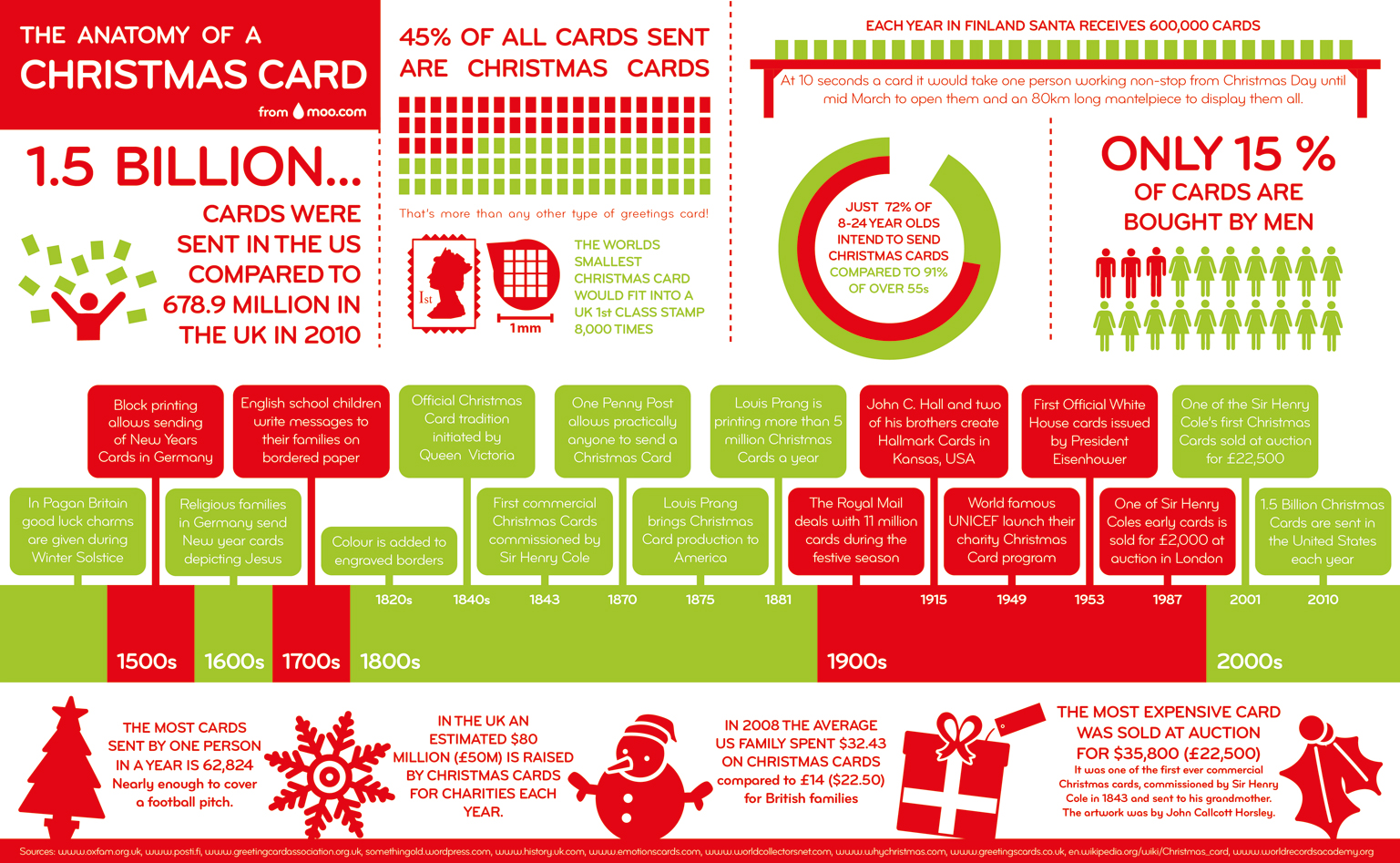 AD
AD
Today is: August 20
Scroll to explore events active on this date.
Additional Events on LEEP
LEEP INK FEATURES

August? Absolutely!
In August, we live through the Dog Days of Summer. It's hot and often humid, and those who can leave for better climates do. Down south, winter is in full force. August is also known as "the ...

In The Heat of July: July 2025 Events
Is it hot enough (or cold enough if you're below the equator) for you yet? There is actually a day for that! Like every month, I pick a diverse collection of events you may or may not know about. This ...

May Blooms: Events in May 2025
Along with October, May is one of the most densely packed months of the year. It's before the summer humidity and the last whole month of the school year. The weather is warming in t...
About National Card Reading Day
Family & Friends , United States
Ends: Feb 21, 2024
DESCRIPTION:
Greeting cards first appeared in China and Egypt over 2,000 years ago to send greetings during celebrations like the Chinese New Year. By the 15th century, Europeans began exchanging cards made of paper, wood, and other materials. The oldest existing greeting card is a Valentine sent during the 1400s.
Fast forward to 1843, three years after the introduction of the first postage stamp. Sir Henry Cole saw an opportunity in Victorian England and created the first commercially available Christmas Cards. The same year Charles Dickens published A Christmas Carol.
Christmas Cards and greeting cards were sold on a mass scale beginning in the early 20th century. They were still costly for the average person until 1910 when Joyce C Hall started his first card business with a shoe box full of cards. By 1912 his brothers joined him, and the business grew. By the 1920s, most people could afford cards, and in 1928 the company began marketing cards under the Hallmark Name. And the rest is history.
National Card Reading Day is an unofficial holiday with no sponsor.
VIDEOS
SUPPORTING DOCUMENTS
Currently, this event does not have supporting documents.
Where would you like to go now?
 AD
AD



/footer-logo.svg)
